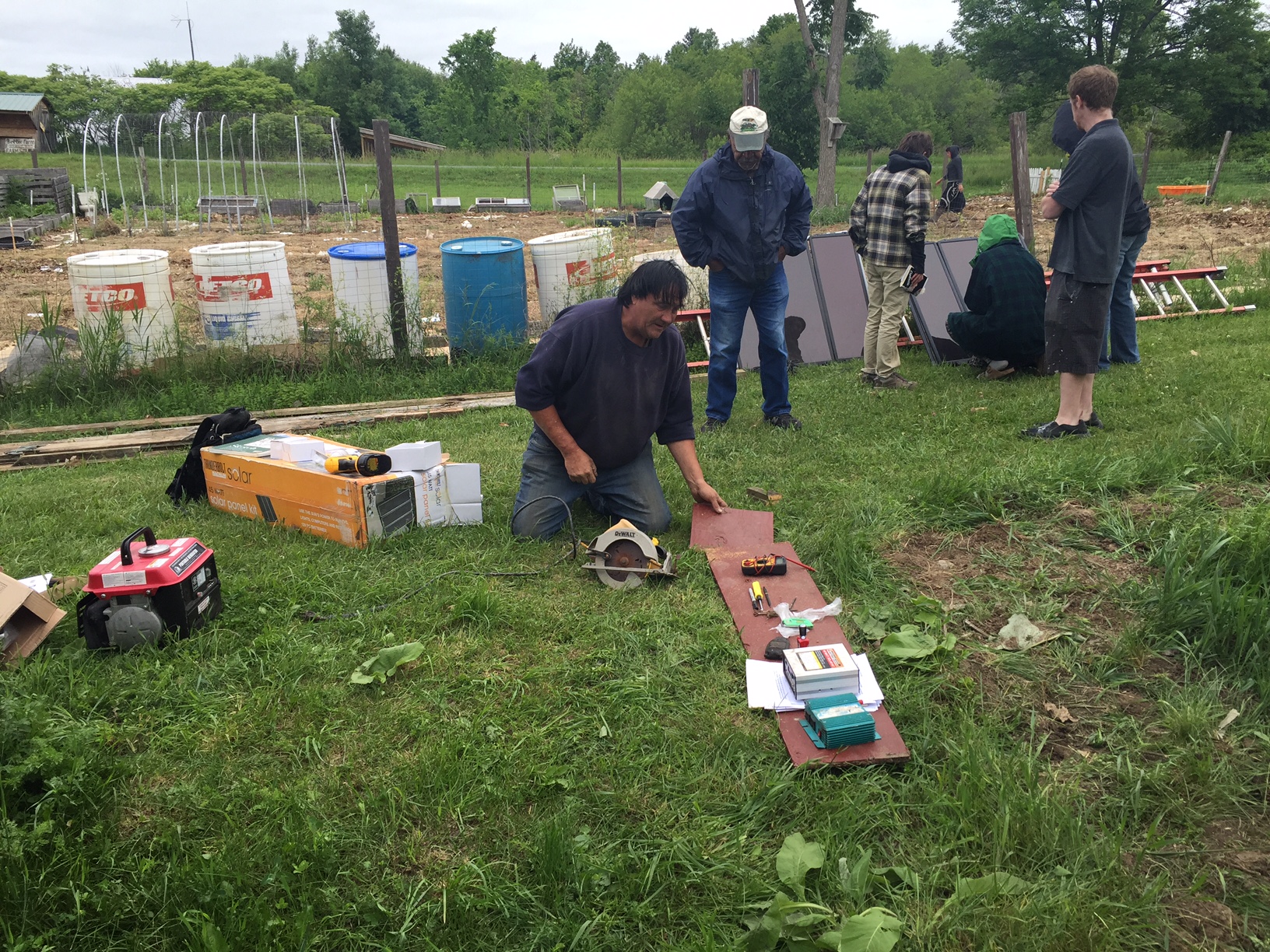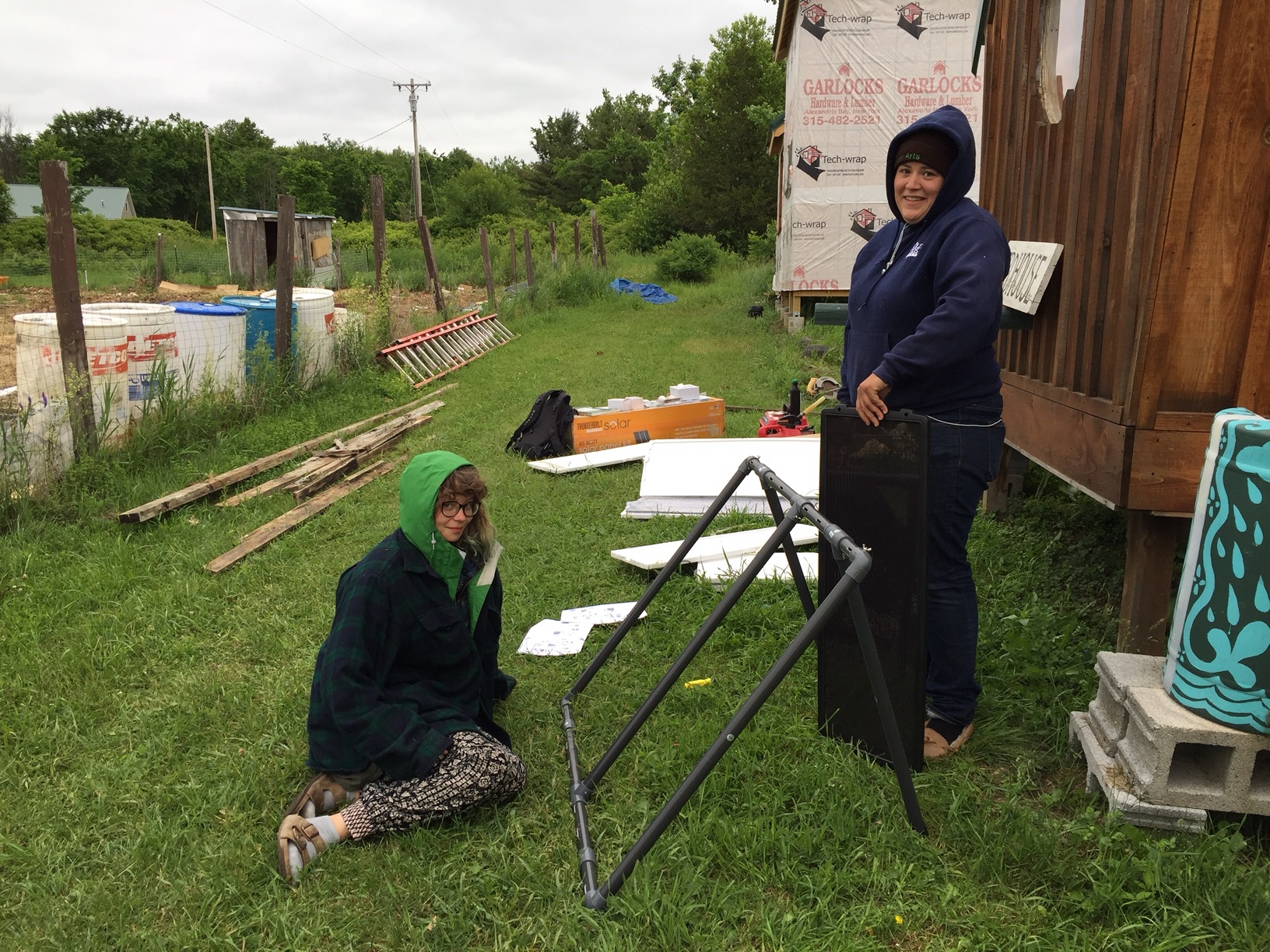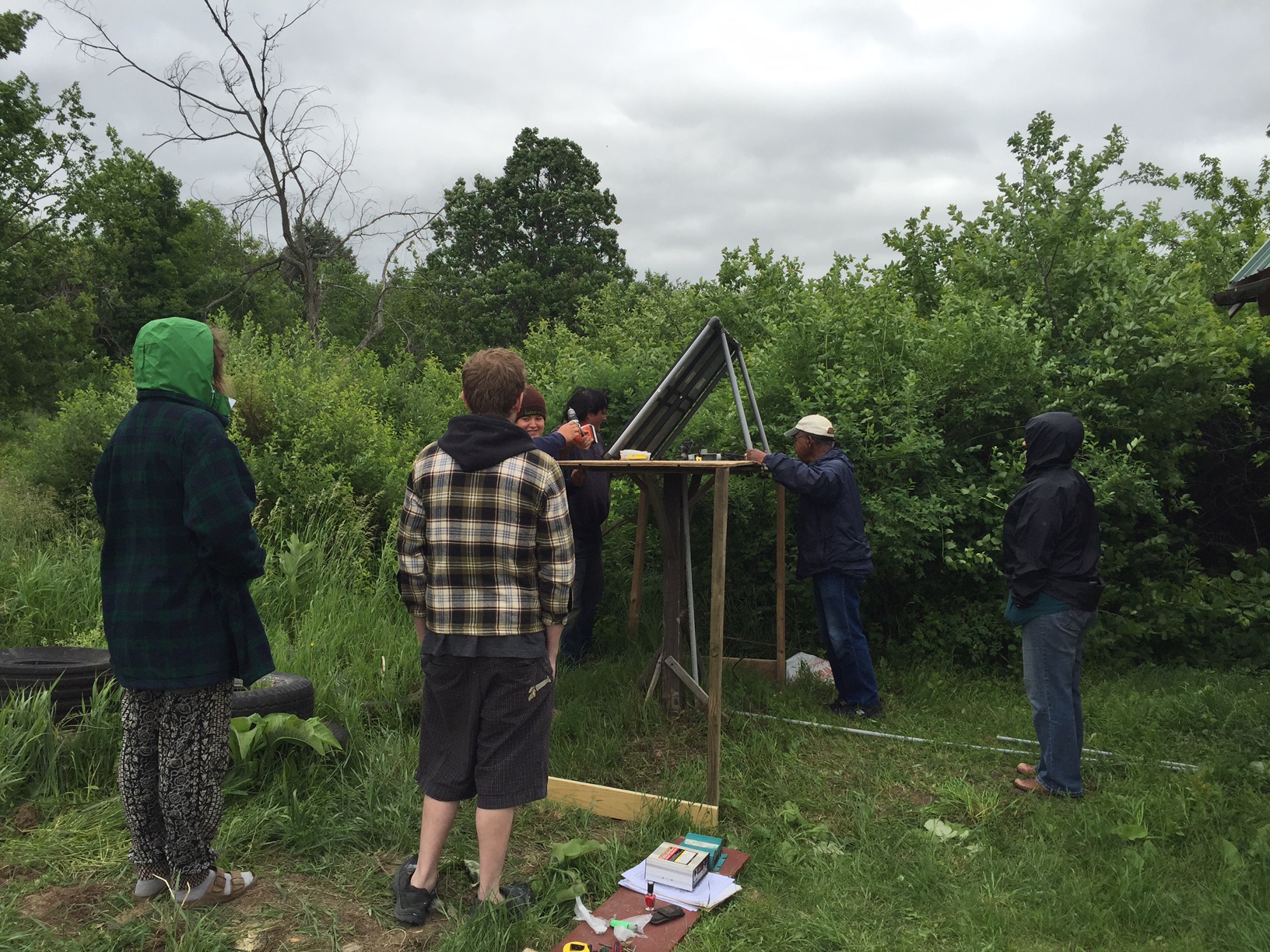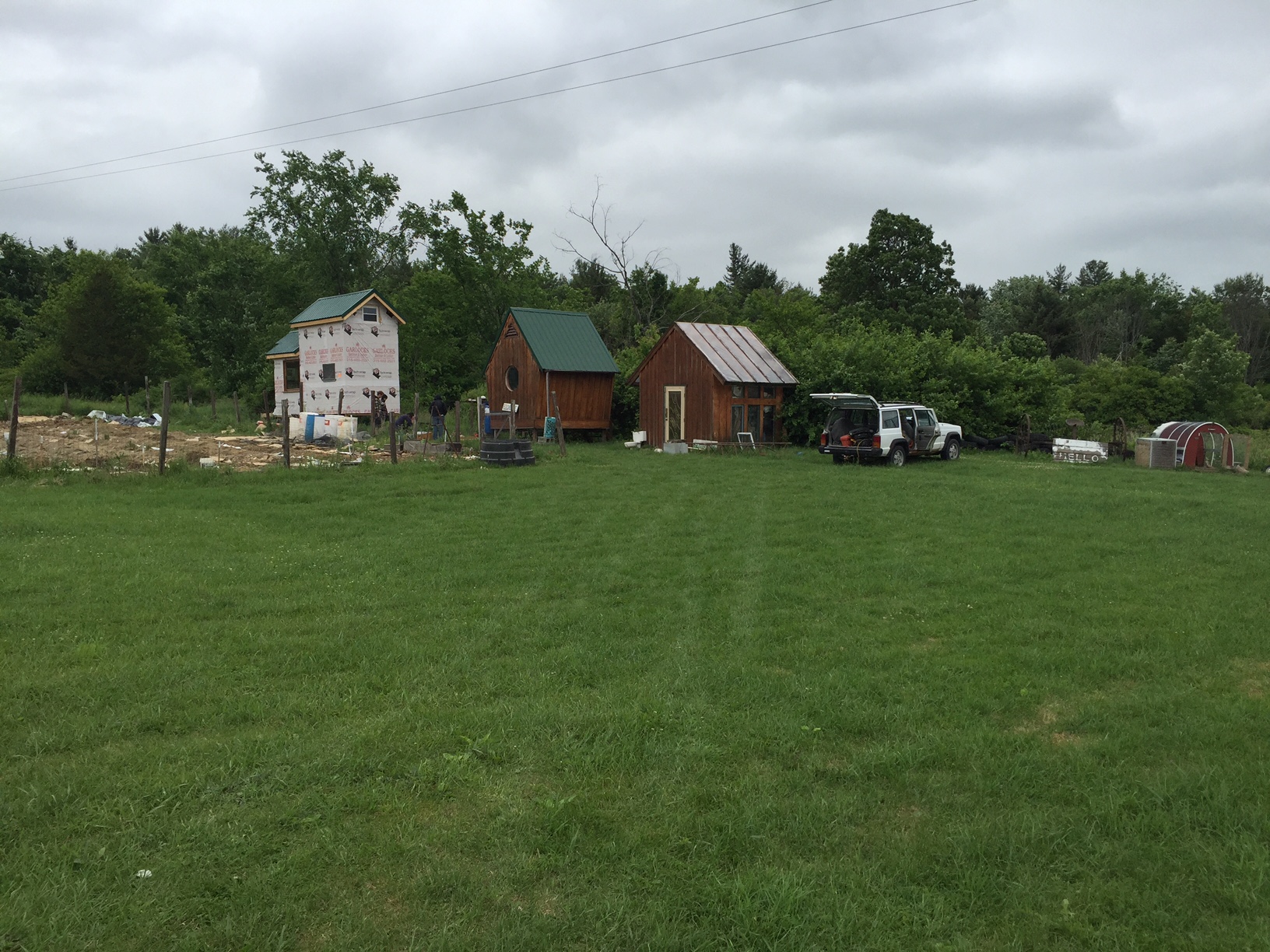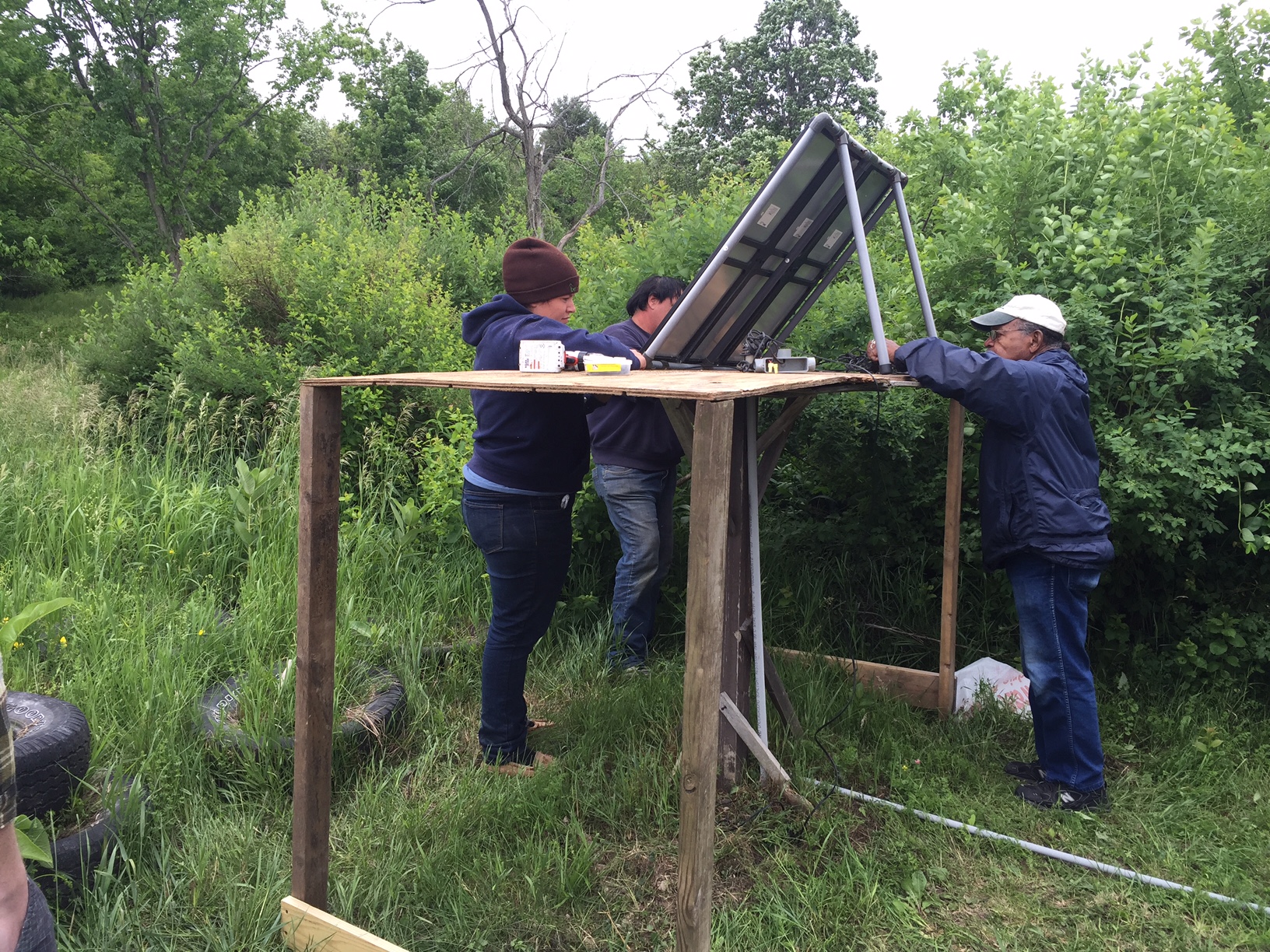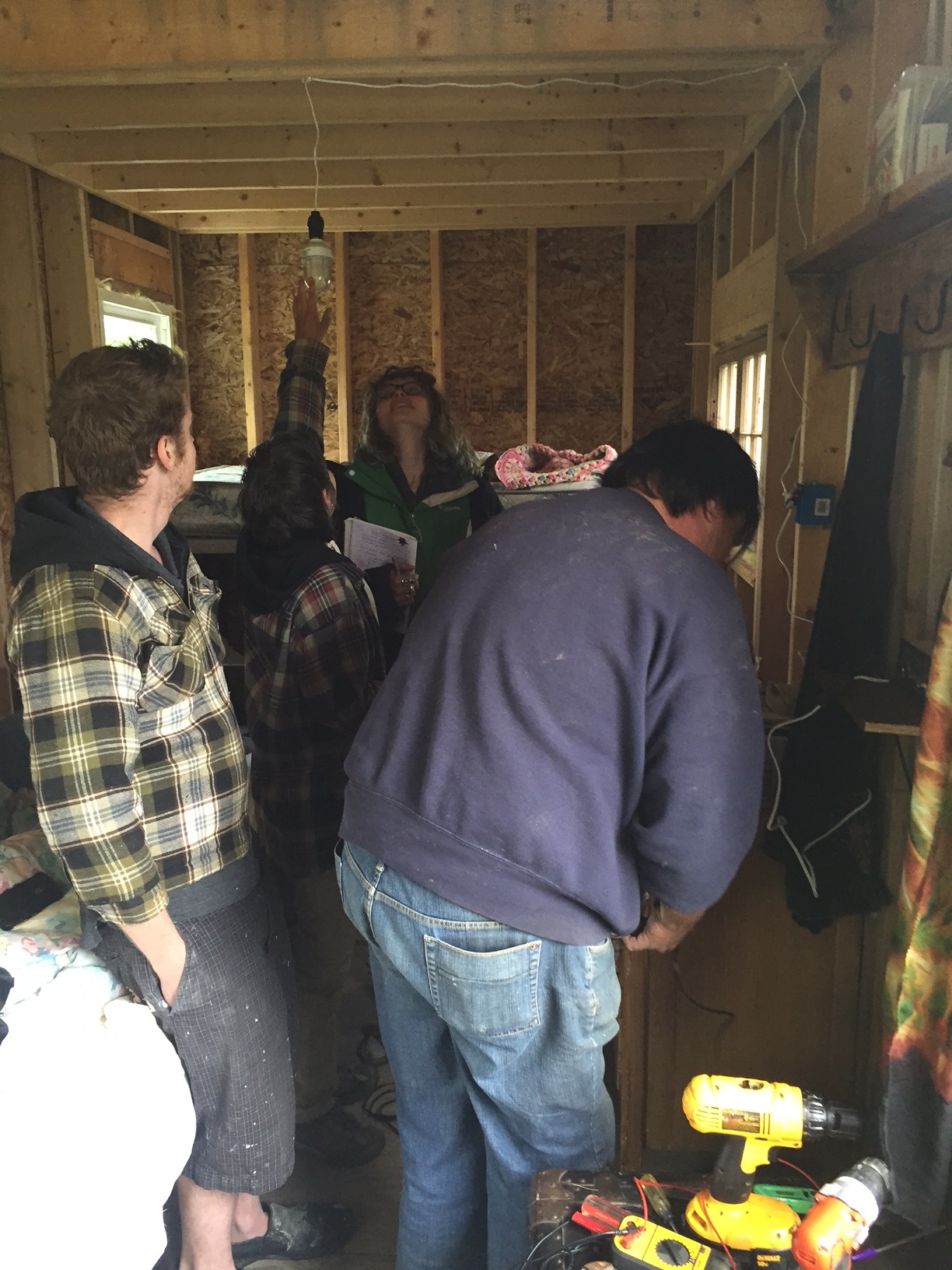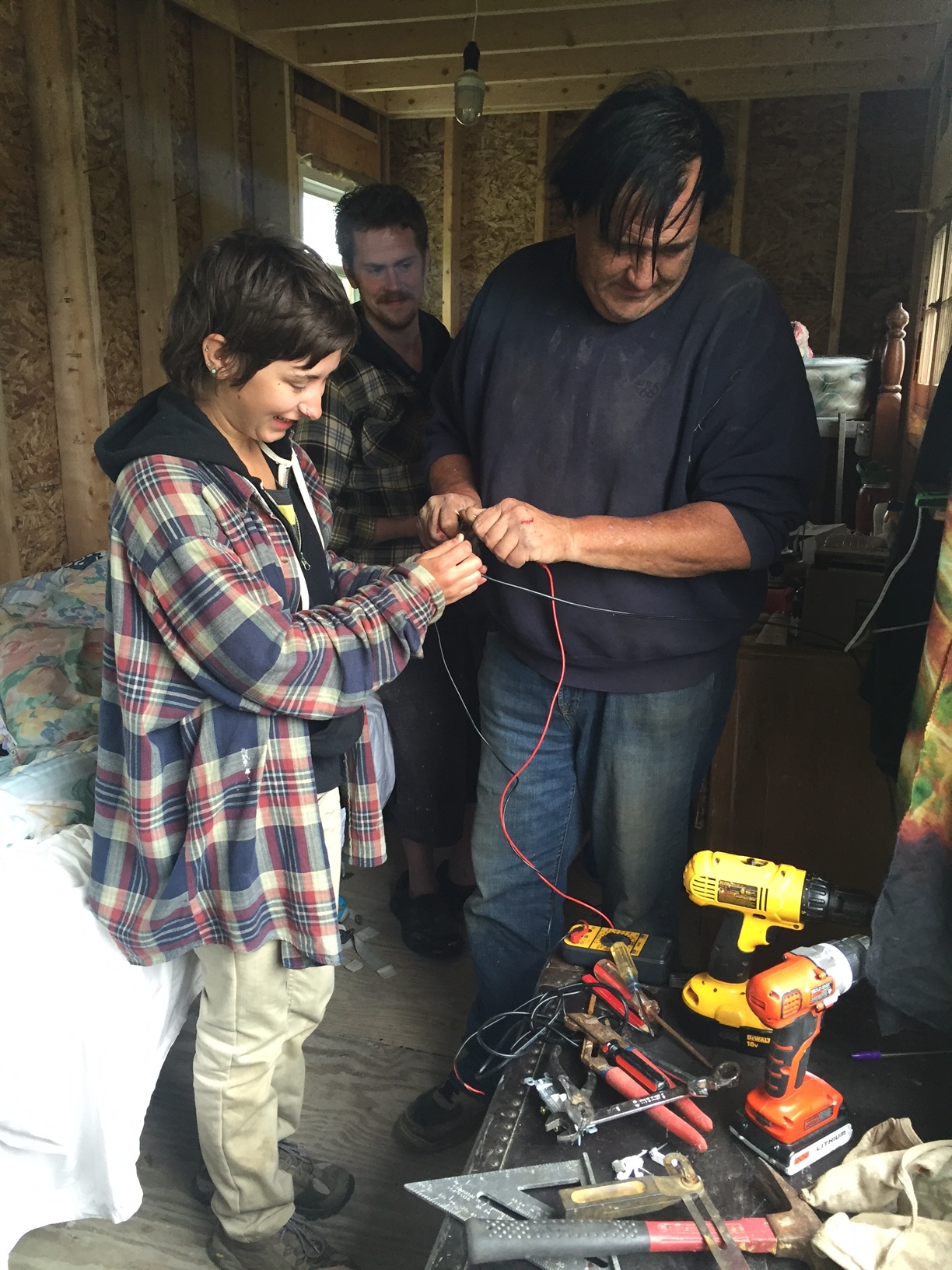Let There Be (Solar) Light
/Better Farm hosted its first-ever solar workshop on Sunday, covering the basics of how solar energy works, introducing basic hardware for setting up your own solar kit (including information on inverters, wires, panels, and more), hands-on experience actually installing a kit on Better Farm's Tiny Home, and take-home packets so students could have reference for DIY'ing their own solar setup on any small cabin, shed, work room, studio, apartment or barn.
The workshop was taught by Allen Briggs, who has lived off-grid for years and has extensive experience wiring and installing solar and other off-grid systems.
Short History Of Solar Cell And Direct-Current Systems
The first commercial use and development of a solar panel was by Bell Telephone in 1954. However, DC systems have been used since the mid-1920s in rural areas of the US. Most were powered by wind generators.
How Does A Solar Panel Work?
In short, a solar panel is a silicon and wire lattice encased in glass that allows photons from the sun to react with electrons in the silicon. Silicon is made up of positive and negative electrons that move freely throughout the migration hole the wire lattice provides. When the photons react with the silicon, the electrons become excited and start moving repeatedly in the panel. At the same time, the positive and negative repel away from each other. This process creates electricity, which is funneled out through wires at the bottom of the solar panel and lead to a storage battery.
A Basic Solar System
First, we start with the solar panel, the wires from the panel connected to a charge controller. From there, we connect to the battery. Wires also branch off from teh battery and connect to an inverter and system monitor.
Setting Up The Solar Array
Solar panels should be set up facing south, so the panels get sun the whole day. Most solar panels are angled from 32 to 52 degrees in order to collect the maximum amount of sunlight.
For full instructions, click here.



